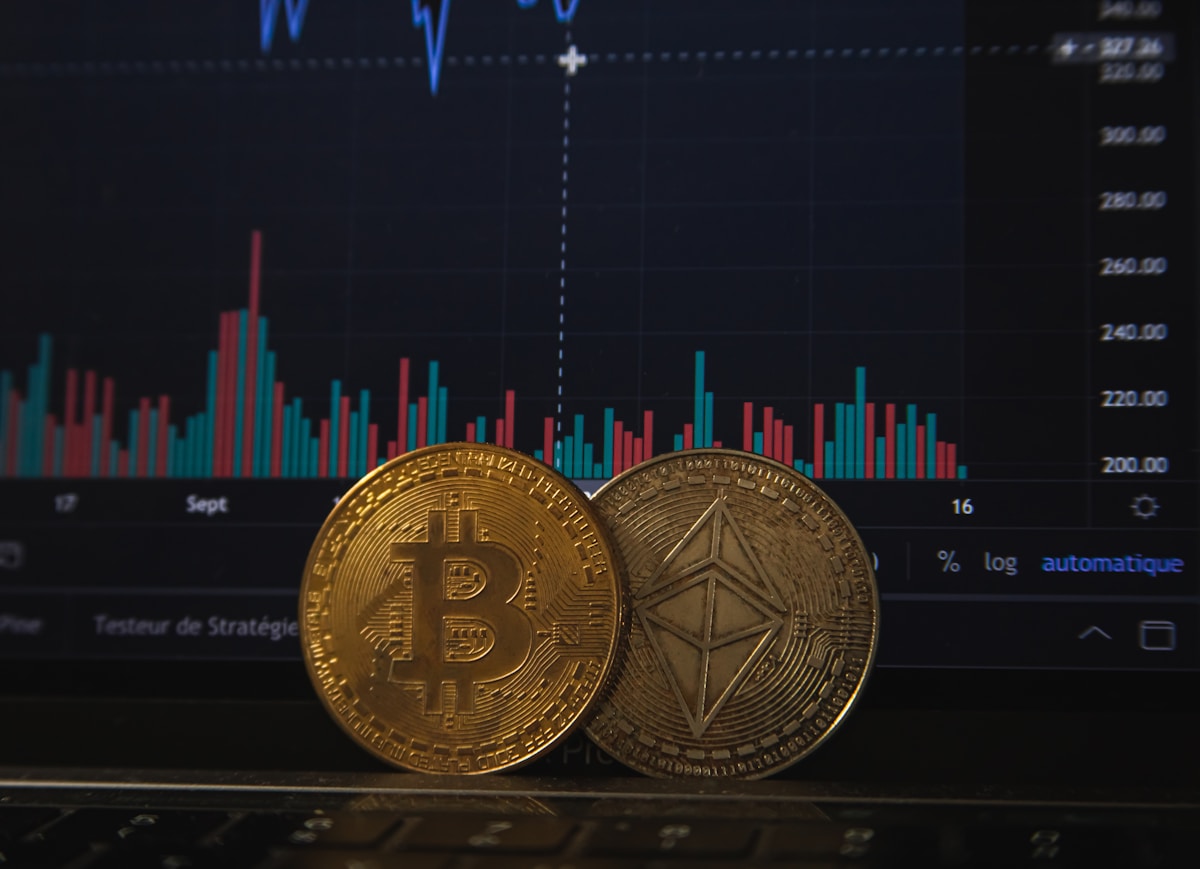Artificial Intelligence Speeds Up The Planet's Financial System

Both the financial crisis of 2008 and the COVID-19 pandemic stressed the financial markets. They resulted in uncertainties, market declines, and negative economic growth. Yet the financial market recovered much faster after the COVID-19 outbreak than the 2008 crisis.
The main differences in recovery speeds between the two crises are the timing of the Fed’s support, fintech innovations, and technology developments on trading and on general productivity. These factors change the data flow, market dynamics, and recovery speed.
The Fed’s supports:

The Federal Reserve provided full support and lowered interest rates in both situations. However, based on a Wall Street Journal article, the Federal Reserve has learned from the 2008 crisis to deal with the pandemic financial crisis. The Fed monitors the market more closely and was able to move faster this time under the leadership of Jerome Powell.
Compared to large bailouts during 2008 to prevent the collapse of the financial system, the Fed simply lowered interest rates to zero.. From a fiscal policy standpoint, the government issued a number of stimulus packages and loan programs for businesses. The active role played by the Fed and the Federal government explains the faster recovery speed and also indicates the dynamics of the market in the future: more evolutions by the Fed.
Increased accessibility due to FinTech innovations:

Financial technology firms’ innovations promote zero commission environments which attract young individual investors to participate in financial markets. Robinhood, an online broker that officially launched in 2015, first introduced the idea of zero-commission stock trading.
By selling trading orders to high-frequency trading firms, Robinhood waived certain common trading commissions that affect individual investors the most. As a result, most major stockbrokers followed the trend to lower commission fees. Most individual investors can trade equities for free. With free fees and social media, young generations join the financial markets, and the financial data are not only received by institutional investors. The decentralized data distribution and the inflow of new money provide more liquidity.
During COVID-19, the major stock indices were reaching all-time highs, as more people invested their money into stocks. With the high demands for financial products, the markets are more stable and recovered faster. The 2008 financial crisis, on the other hand, experienced lower demands for financial instruments. Investors reallocated their money into safer products like treasury bonds and the market had trouble rebounding.
Technology developments facilitate trading:

The general developments of telecommunication and technology bring efficiencies to the market. On the telecommunication side, internet speeds became faster ever since 4G technology was first deployed in 2009. Speed empowers trading to respond and correct the market faster. On the technology side, investors enjoy stronger computational power. Cloud computing, which gained popularity in the 2010s, enables firms to store a large volume of data on the cloud and apply massive computations to this data.
Machine learning applications further increase the data processing speed. These technology developments promote a better understanding of complex financial products and allow investors to manage their risks easier. Additionally, because of blockchain technology, cryptocurrency becomes a new financial asset for investors to diversify. Therefore, general technology developments empower investors and enrich the financial markets. A strong energetic market has more resilience.
Mitigated COVID impacts on the economy due to technology:

Technology developments and entrepreneurship maintained the fundamental economic productivity during the pandemic. Increasing internet bandwidth and data flow enables many online tools to emerge. The previously mentioned 4G telecommunication enables online entertainment and video conferences.
With these tools, businesses can still operate online, and the fundamentals of the economy are still solid. In fact, technology sector companies experience strong growth. Slack and Zoom are examples that achieve high-earning growth while providing tools for other businesses to operate.
Online entertainment services such as Netflix also gained popularity. As these technology giants make up a chunk of major stock indices, their growths helped the market recover as well. The 2008 financial market did not have such luxuries as only 35 percent of adults had smartphones at the time. The high technology growth stocks will continue to influence the market in the future.
Edited by Jay Devon
